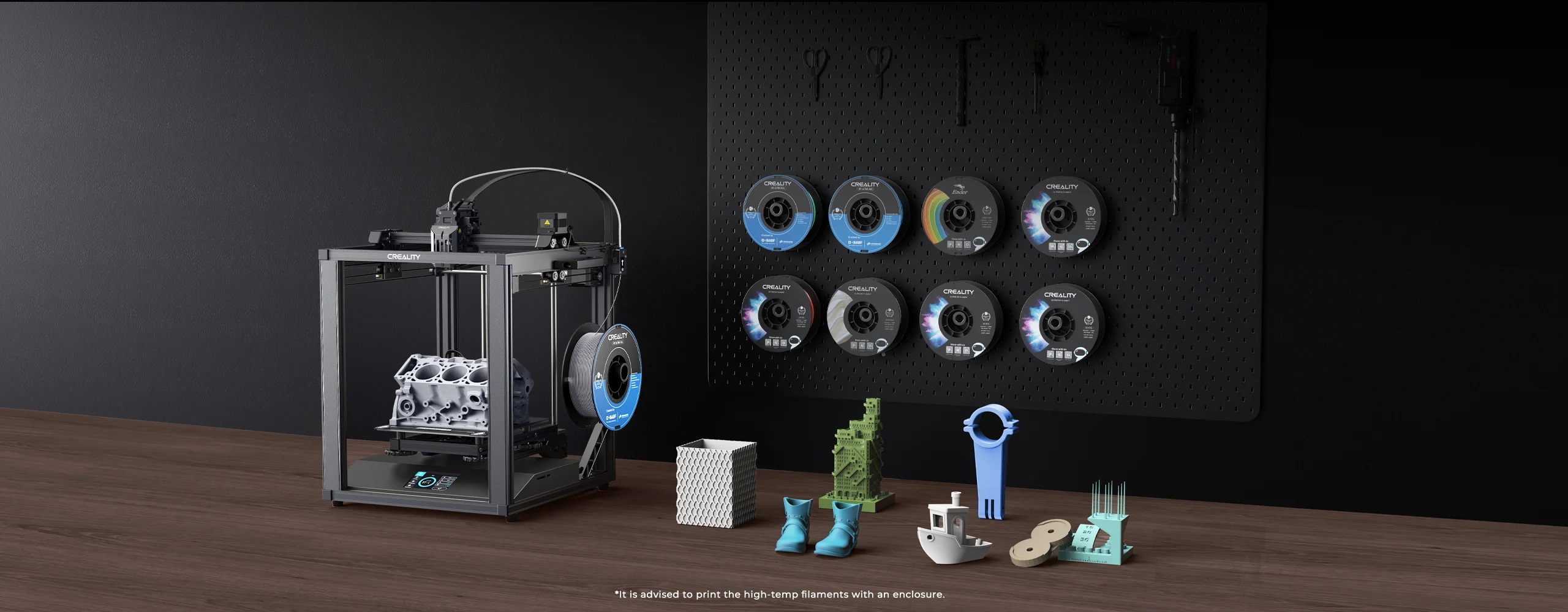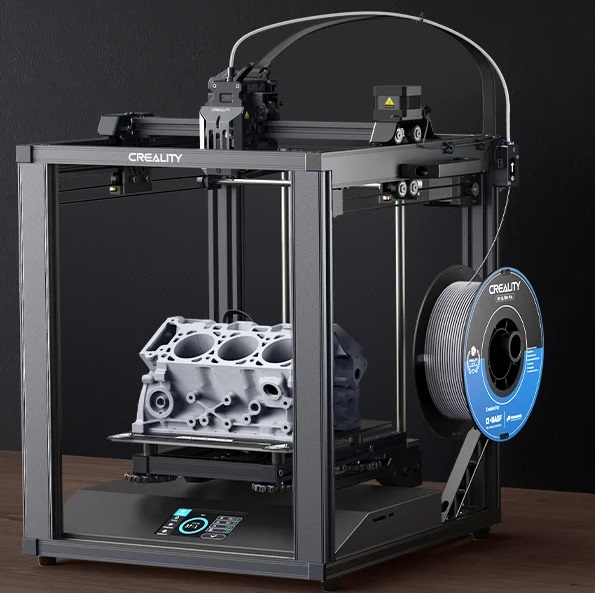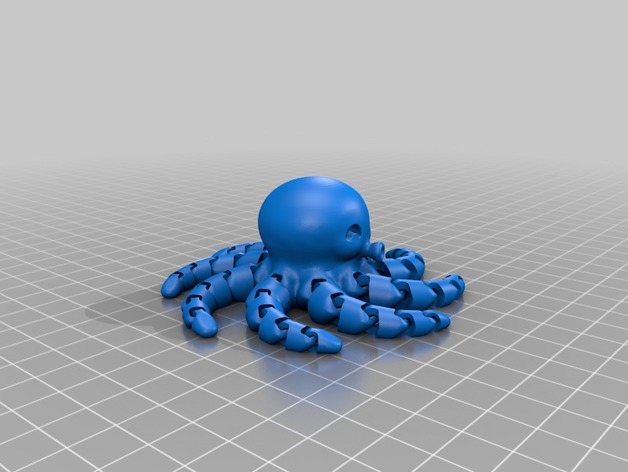Which Filament Do I Need For My 3D Printing Project?

After you pick a 3D printer, the first decision you’ll have to make is what type of filament you want to use. There are several dozen varieties—even setting aside the numerous colors they come in. Wading through them surfaces a string of chemical-sounding names: polylactic acid, polyvinyl alcohol, carbon fiber, and the tongue-twisty thermoplastic elastomers, for example. They go by a dizzying variety of acronyms, ABS, PLA, HIPS, CPE, PET, PETT, TPE, PVA, and PCTPE among them.
It is super easy to get confused by all these alphabets, so we have broken them down for you to understand.
Popular Filament Types For 3D Printing
EPLA FILAMENT
- Aesthetics: Engineering PLA filament can create great visual prototypes with the added option of post-processing such as painting or being able to be sanded to create great models.
- Ease of use: Engineering PLA is the easiest material to work with that does not have unique workflow requirements.
ABS FILAMENT
- Heat resistant: ABS has got high heat resistant properties which is useful for functional prototypes
- Wear resistant: ABS models do not scratch easily and can last longer if stored properly.
- High Elasticity: Very flexible and can stretch.
PETG FILAMENT
- UV Resistant: Many models degrade if left out in direct sunlight, PETG is the main exception in 3D printing.
- Water Resistant: PETG models can be used to store liquids or be submerged without degrading.
PP FILAMENT
- Chemical Resistant: PP is highly resistant to chemicals and cannot be combined with anything apart from itself.
- Fatigue Resistant: PP models do not break easily from repeated flexural forces.
CARBON FIBRE FILAMENT
- High Strength: Carbon is added to a base filament to increase strength and rigidity in the final model.

NYLON FILAMENT
- Low Friction: Great for models that require movement without degrading.
FLEX FILAMENT
- Elasticity: Elastic parts like phone cases and grips can be made with flex
HIPS FILAMENT
- Soluble material: HIPS dissolves in citric-based acids.
- Impact Resistant: HIPS is highlighted as impact resistant and can withstand forces for various functional applications.
PVA
- Soluble Support Material: PVA dissolves in water and is used for complex geometric models.


Comments
Add comment